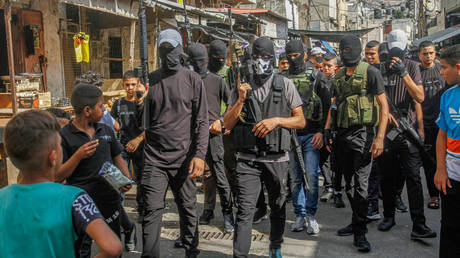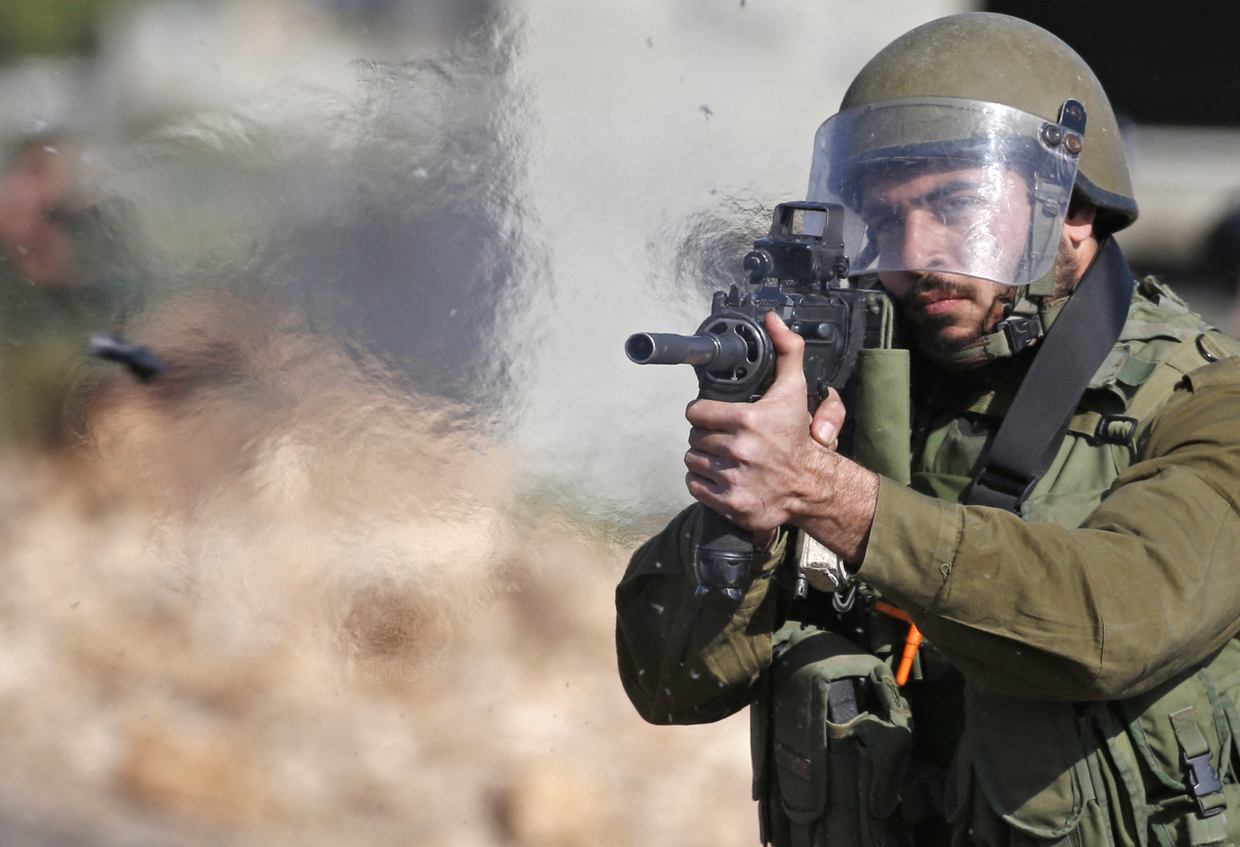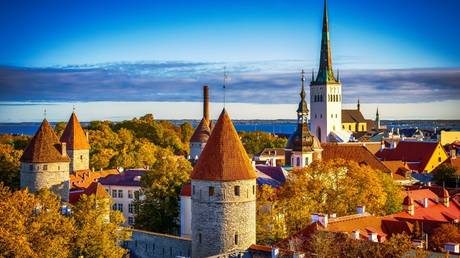
A look at what caused the recent clashes with Israel and what can be expected to happen next
A slew of armed attacks against Israeli soldiers inside the West Bank has sent shock waves throughout the military and intelligence establishment in Tel Aviv. On the Palestinian side, the territory has witnessed a level of violence not seen since the early 2000s and is encouraging a popular armed struggle.
Last Saturday, a lone Palestinian gunman exited a vehicle at a checkpoint in East Jerusalem, opening fire and killing an Israeli soldier and injuring two others. The attack took place at the Shuafat refugee camp checkpoint, a segment of East Jerusalem that, despite being annexed by Israel in 1980, has been enclosed by a separation wall that cuts the refugee population off from the rest of Jerusalem. So far this year, around 120 Palestinians have been killed in the West Bank alone, a higher death toll than in Gaza.
The attack on Saturday was of particular importance in influencing events on the ground; embarrassing Israel’s security establishment, and resulting in tough crackdowns on Palestinians, spurring on a further escalation in the days following the shooting. Video footage of the incident revealed that a single armed gunman, wielding a handgun, was able to fire eight bullets at Israeli forces and flee with relative ease after his gun jammed. Stationed at the checkpoint were Israeli soldiers, police and private security guards, none of which were able to prevent the attack and so far the Israeli authorities have failed to even capture the unnamed gunman.
As a reaction to the shooting, the Shuafat refugee camp, which Israeli forces originally raided in the belief that the attacker was hiding there, was completely closed off as a form of collective punishment. Videos, as well as eyewitness reports, from within the refugee camp also revealed a particular brutality with which Israeli military forces cracked down on the camp residents. The images coming out of the camp, combined with Palestinian solidarity with the armed attacker at the checkpoint, led to Palestinians taking to the streets to confront Israeli forces throughout the West Bank and wider East Jerusalem area.

© AP Photo/Mahmoud Illean
On Tuesday, the newly declared armed movement that is based in Nablus city, Areen Al-Aswad, announced on Telegram that they had been behind another attack on Israeli forces, which had resulted in the killing of Staff Sergeant Ido Baruch. The group, known in English as the ‘Lions Den’, had carried out the attack using operatives who fired from a speeding car at Israeli forces, near the Deir al-Sharaf area. Following this, Israeli Prime Minister Yair Lapid offered his condolences to the family of the Israeli soldier and vowed to arrest the perpetrators, imposing a strict military lockdown in Nablus and surrounding areas.
On Wednesday, the people of Shuafat refugee camp and Lions Den armed group called for civil disobedience, and this later received wide support from student unions throughout the West Bank. In the Jenin refugee camp last year, the ‘Jenin Brigades’ armed movement was declared. On September 2 this year, ‘Areen Al-Aswad’ announced its formation in the Old City of Nablus. However, these groups are not the only threat to Israeli forces and settlers in the West Bank, the violent and non-violent struggle is now part of a decentralized popular movement. These developments have struck fear and confusion into both Israel and the Palestinian Authority (PA), the Palestinian quasi-governmental entity that maintains limited powers in some areas of the West Bank.
Why is this happening now?
Just as was the case in 2015-16, when Palestinian armed attacks – primarily using knives – seemingly started occurring out of nowhere and had no clear coordination with any leadership, Israel’s military and intelligence establishment has again grown confused with recent developments. In May 2016, a report was produced for the Israeli Intelligence and Heritage Commemoration Center, which tied a brief uptick in violent attacks on Israelis to events in Jerusalem and even attempted to blame the Palestinian Authority for being behind it. The conclusions drawn from Israel’s annual ‘Herzliya Conference’ of 2016 also failed to conclude decisively why such a wave of attacks had occurred, totalling in the hundreds during an eleven-month period.
The armed uprising, as a means of opposing Israeli occupation, seemed to have gone dormant inside the West Bank and was reserved primarily to Gaza since the early 2000s. In 2002, during what was known as the Second Intifada, wings belonging to a range of Palestinian political parties were for the most part crushed by what Israel called ‘Operation Defensive Shield’. The military operation lasted from March to May 2002, killing 497 Palestinians and injuring 1,447. After 2007, when the uprising was officially ended, the armed groups in the West Bank had either been disbanded or disarmed and their fighters had joined the PA’s security forces, otherwise they were dead, silenced or in Israeli military prisons. The PA’s security forces, which under the command of its former leader, Yasser Arafat, had taken part in confronting Israeli forces during the uprising. Washington and Tel Aviv took note of this and decided to restructure the PA’s security forces in order to ensure that they would protect Israeli security interests and could not revolt once more.

© Abid Katib/Getty Images
What both Israel and the Palestinian Authority are failing to understand is that the current round of tensions cannot be traced back to a single event, as was the case in the 2015-16 escalation. If we take a look at the newly formed armed movements, the most well-established of which are located in the north of the West Bank, their fighters are primarily between 18 and 25 years of age and taking note of this is very important.
The Palestinian Authority, which was created as a result of the Oslo Agreements between Israel and the Palestine Liberation Organisation (PLO), is now nearing 30 years as a quasi-governmental organization working under Israeli occupation. The PA was supposed to lead the way to forming an independent Palestinian state after only five years. The armed groups that exist today are comprised of fighters, most of whom were born after the PA was formed and cannot remember in detail what occurred during the Second Intifada.
The Palestinian Authority has lost all credibility in the eyes of the people of the West Bank and, in fact, it has devalued the net worth of the Palestinian cause throughout the Arab world. Last year, around 80% of Palestinians polled said they wanted PA President Mahmoud Abbas to resign, a statistic which grows year by year against the unelected Palestinian leader. No matter how many settlements Israel builds, or what the statements or actions of Tel Aviv’s leadership, the PA continues playing the role of ‘security coordination’. The PA has failed in its mission, the Oslo Accords are no longer relevant, and the younger generation of Palestinians are fed up.
There is no way for Israel or the Palestinian Authority to stop the current trend of armed struggle in the West Bank by confronting it with limited violent operations; such as the arrest campaigns carried out by the PA’s security forces or ‘Operation Break the Wave’ by Israel, the latter having gone on since March 31. There are only two ways of facing this; a full-scale Israeli military operation or granting significant concessions to the Palestinians of the West Bank, rebooting the “peace process” and the acceptance of Hamas as a real political representative of the Palestinians. If Israel and its Western allies do not choose quickly, chaos will continue to spread.

© JAAFAR ASHTIYEH / AFP
The biggest problem for the Israelis right now is that they don’t have anyone to engage with because the armed uprising has no leadership, the armed groups also have no command-and-control structures that we know about, and there are many assailants who carry out attacks as lone wolves. This means you cannot end the rebellion by killing leaders or arresting them. For the PA, they cannot commit to any large-scale crackdown against the armed movements, if they attempt to do this then the guns will quickly turn on them and many in the ranks of the PA security forces will likely switch sides. We have already seen PA security force members join in on attacks against Israeli checkpoints and, in Nablus last month, armed militants opened fire on PA forces after they arrested a prominent Hamas fighter named Musab Shtayyeh.
On Tuesday night, the secretary general of Lebanese Hezbollah, Seyyed Hassan Nasrallah, commented on the events that are ongoing inside the West Bank, calling it an intifada. It now seems that this title is rapidly being attached to the growing armed revolt inside the territory, this could very well be the beginning stages of the Third Intifada, a very scary prospect for the PA and Israel alike.




